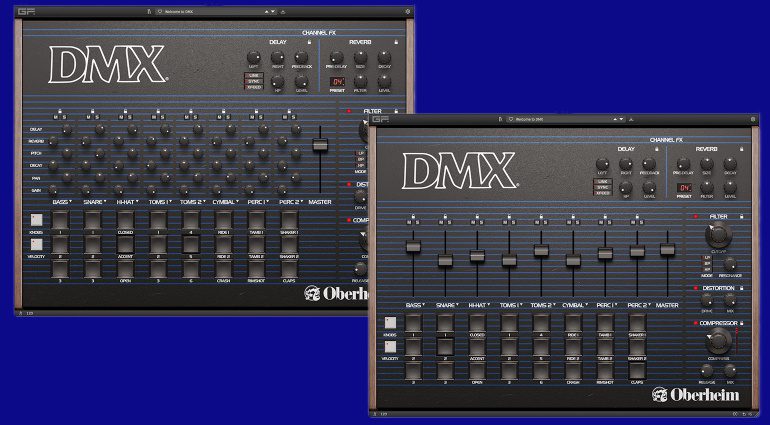Many of us are familiar with ads across the internet, but not many people know where they come from. Sure, you conveniently see ads for products and services that you recently Googled, but that doesn’t really tell you much. Well, according to a new report, many of the big brands serving us ads have insufficient ad transparency tools.
Knowing where ads come from and other information about them is crucial in order to trust the ads themselves. It’s also important to know the target audience, reach, and who paid for them.
One shining example of this has to do with four major elections going on in the year 2024. These are the US, European, Mexican, and Indian elections. Advertisements are meant to sway people in one direction or another, so it’s very likely for people to create advertisements chock-full of misinformation and manipulative rhetoric to artificially push people to vote for one person over the competition.
Knowing more information about the source of ads is a surefire way to know whether or not the sources are trustworthy.
The top tech brands are criticized for having insufficient ad transparency tools
Mozilla and CheckFirst performed extensive research into 11 major tech brands’ ad tools. These companies are AliExpress, Apple App Store, Bing, Booking.com, Alphabet (owns Google and YouTube), LinkedIn, Meta, Pinterest, Snapchat, TikTok, X, and Zalando.

Worst of the worst
Of all of the companies, it appears that X’s performance was the worst. In fact, Mozilla’s EU Advocacy Lead, Claire Pershan, said that “X’s transparency tools are an utter disappointment,”. Accessing the ads is complicated, and can only be done through a CSV export file. Its repository has no filtering or sorting capabilities whatsoever, and the content of the ads is not disclosed. People are only given URLs to the ads. This is something that frustrated the researchers, as it shows clear disregard on X’s part.
Better, but still bad
In the report, AliExpress, Bing, Snapchat, and Zalando were in a similar boat. Their ad tools like certain vital data and functionality that would make it easy for people to find information about where the ads come from.
Next up, Alphabet’s, Booking.com’s, and Pinterest’s tools, according to the report, offer the bare minimum data and functionality. So, they fared better, but not by much.
The best… but still bad
Lastly, the Apple App Store’s, LinkedIn’s, Meta’s, and TikTok’s tools seem to be the best off on this list. However, even those tools had some major gaps in the data and functionality that they offered.
Hopefully, governmental bodies will push these companies to offer better tools. While it’s important that we get sufficient ad tools during election years, it’s also important that we get them regardless of what year it is.
Advertisements pervade pretty much every aspect of our internet experience, from gaming to video watching to web surfing. So, we’re constantly inundated with ads. It’s crucial that we have access to tools to let us know where these ads are coming from and whether or not we can trust them.





